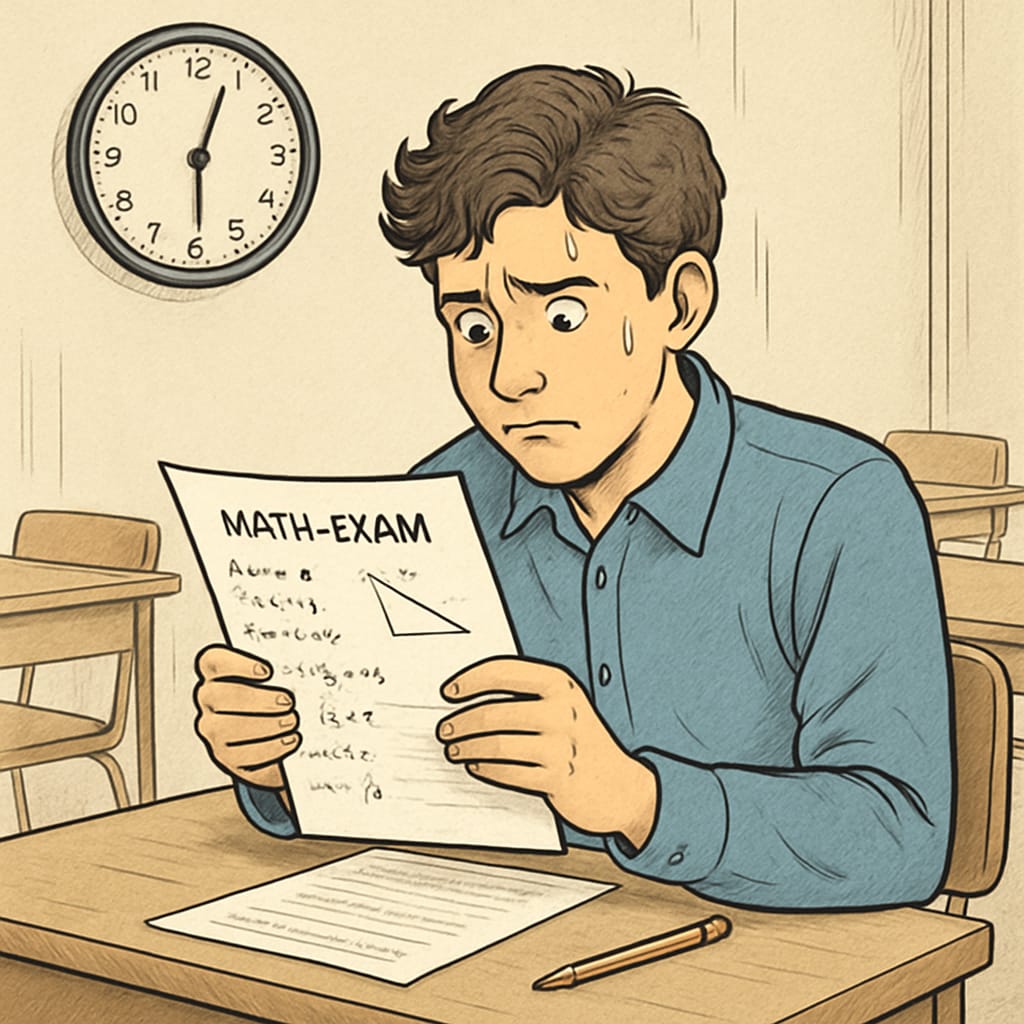Math exam anxiety, particularly when paired with time pressure, is a common challenge faced by high school students during choice-based question sections. This psychological barrier often leads to diminished performance despite adequate preparation and knowledge. Understanding the root causes of anxiety and implementing effective strategies can empower students to overcome this hurdle and excel in exams.
Understanding Exam Anxiety and Its Effects
Exam anxiety is a form of performance anxiety that arises when students perceive high stakes and fear failure. In mathematics, this anxiety is exacerbated by the inherent complexity of the subject and the time-limited nature of exams. For example, students may freeze when faced with multiple-choice questions, second-guessing their answers or running out of time due to overthinking.
As a result, students might experience symptoms such as difficulty concentrating, mental blocks, or even physical manifestations like increased heart rate. These factors directly impact their ability to navigate through choice-based sections efficiently, often leading to mistakes or incomplete answers.

Time Pressure: A Key Contributor to Anxiety
Time pressure amplifies the effects of exam anxiety, making students feel rushed and overwhelmed. Unlike open-ended questions, multiple-choice problems require quick decision-making and precision. When students are constrained by time, they may resort to guessing or abandoning questions altogether.
Studies have shown that time-limited conditions can hinder cognitive processing, especially for students with pre-existing anxiety. Instead of focusing on problem-solving, they often fixate on the clock, further reducing their ability to perform effectively under pressure.

Practical Strategies to Overcome Math Exam Anxiety
Overcoming math exam anxiety requires a combination of psychological and practical approaches. Here are some proven strategies:
- Preparation and Practice: Familiarity with the exam format can reduce anxiety. Students should practice timed mock exams to simulate real test conditions.
- Time Management Techniques: Learning to allocate time wisely for each section helps avoid last-minute panic. For example, students can spend a set amount of time on each question and skip difficult ones initially.
- Relaxation Techniques: Breathing exercises and mindfulness can help students calm their nerves before and during the exam.
- Positive Reinforcement: Replacing negative self-talk with affirmations can boost confidence and reduce the fear of failure.
- Seeking Support: Counseling or workshops on test anxiety can provide additional tools and insights for managing stress.
Long-Term Solutions for Academic Success
While short-term strategies are helpful, addressing exam anxiety requires long-term interventions. Schools can play a pivotal role by introducing stress management programs and offering resources for students struggling with anxiety. Additionally, integrating regular mock tests into the curriculum can help students acclimate to exam conditions over time.
Parents and teachers should also encourage a growth mindset, emphasizing effort and improvement over perfection. This approach can help students view exams as opportunities to showcase their learning rather than as threats.
As a result of implementing these strategies, students can gradually build resilience, reduce their dependence on guesswork, and improve their overall performance in math exams.
External References for Further Reading:
Readability guidance: This article employs short paragraphs, clear headings, and bullet points to enhance readability. It avoids overly complex sentences while maintaining a professional tone. Transitions like “for example,” “as a result,” and “in addition” are used to ensure smooth flow.


